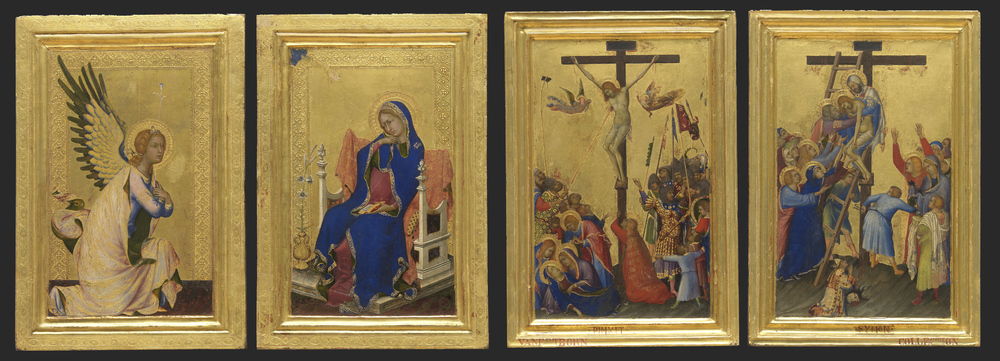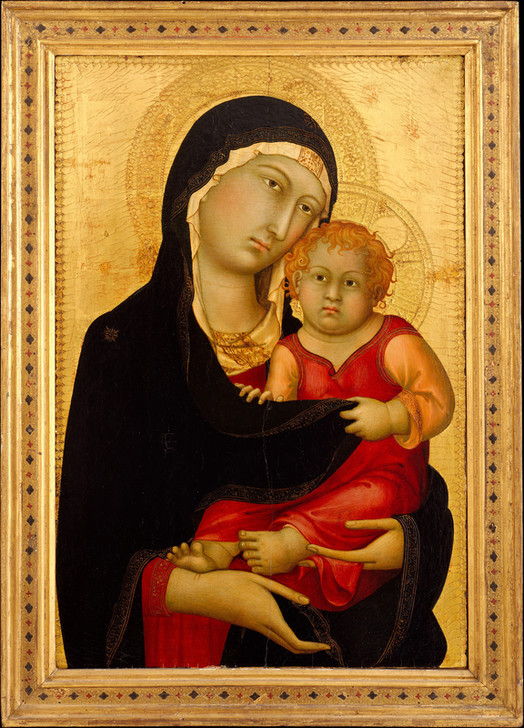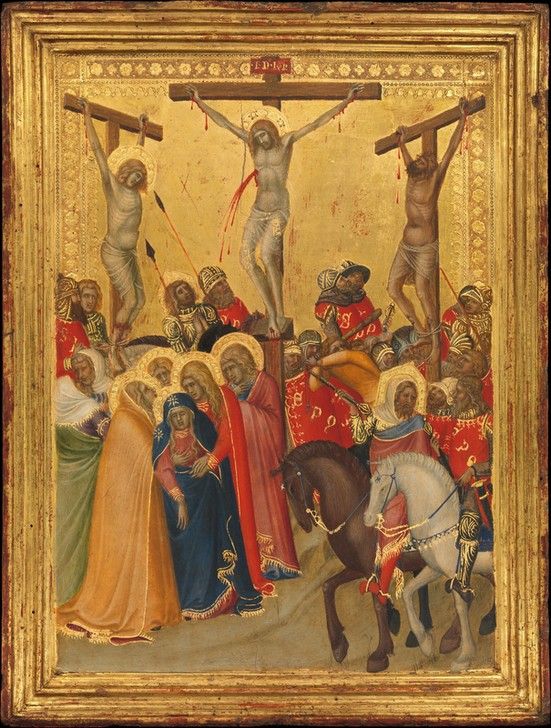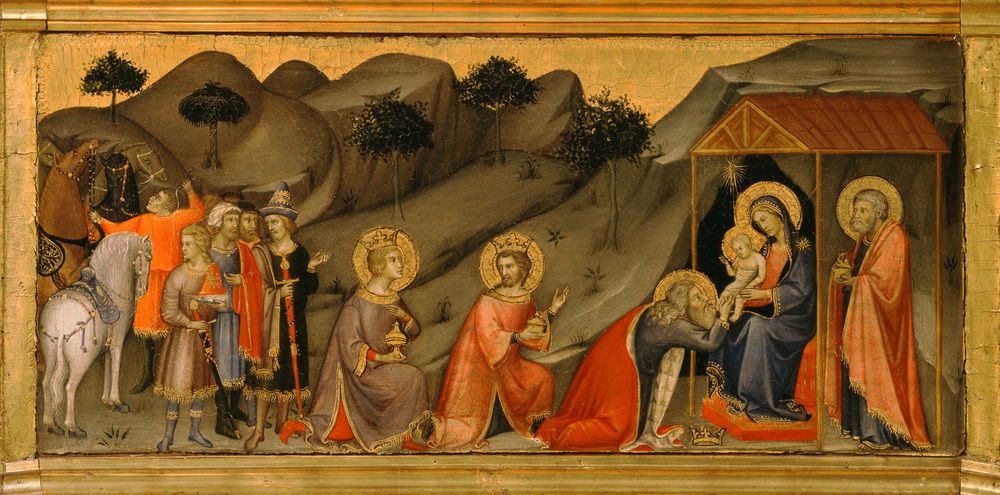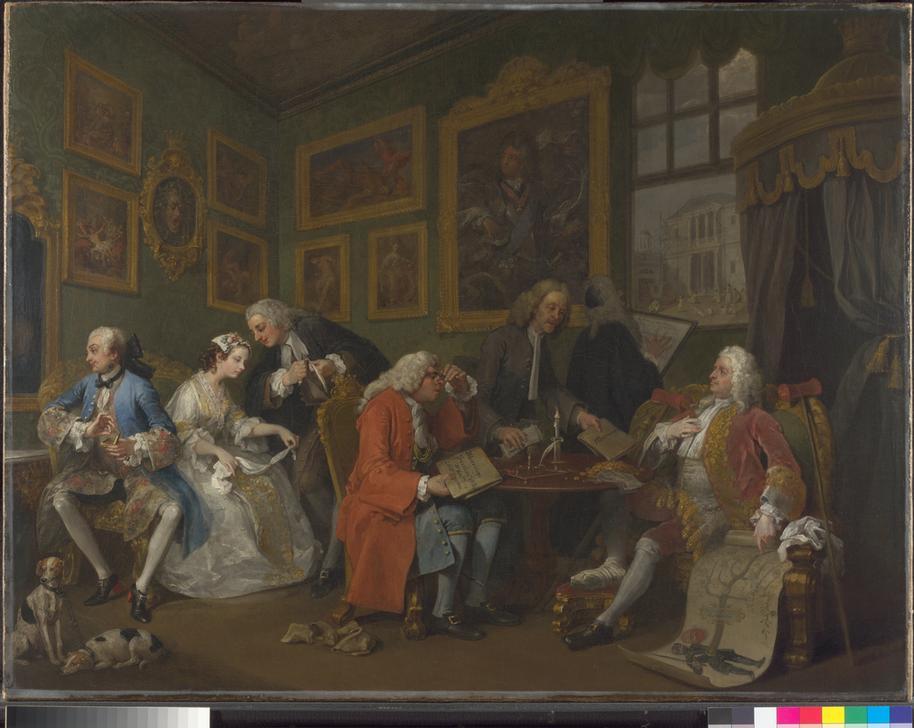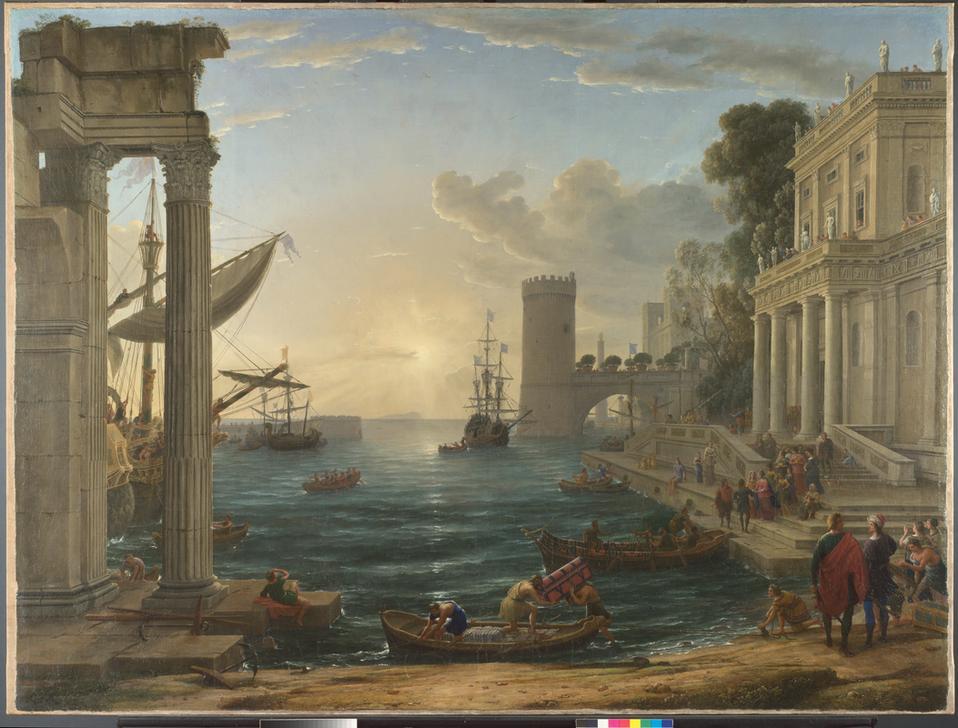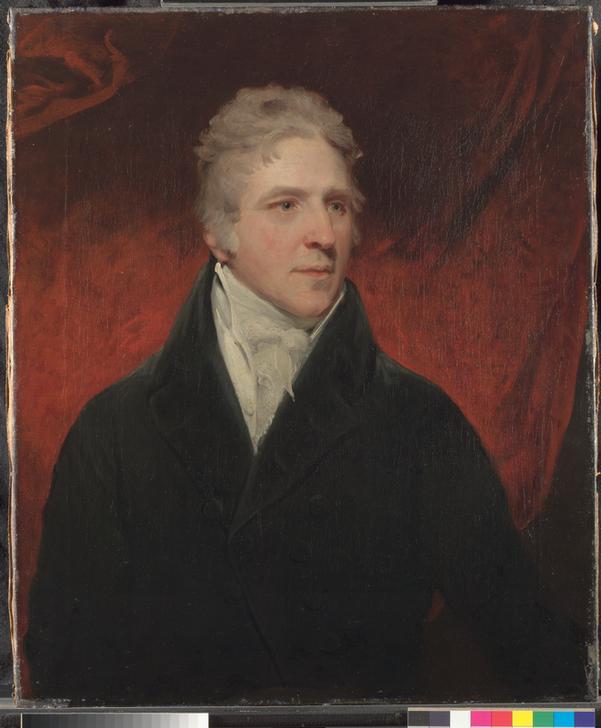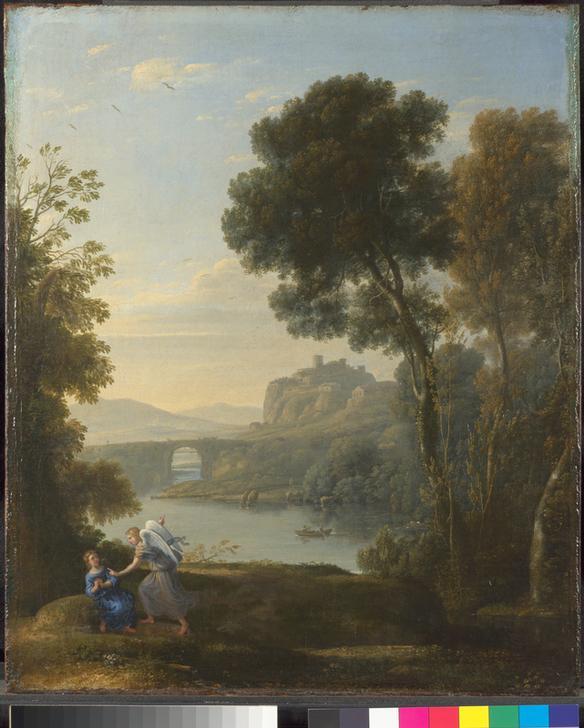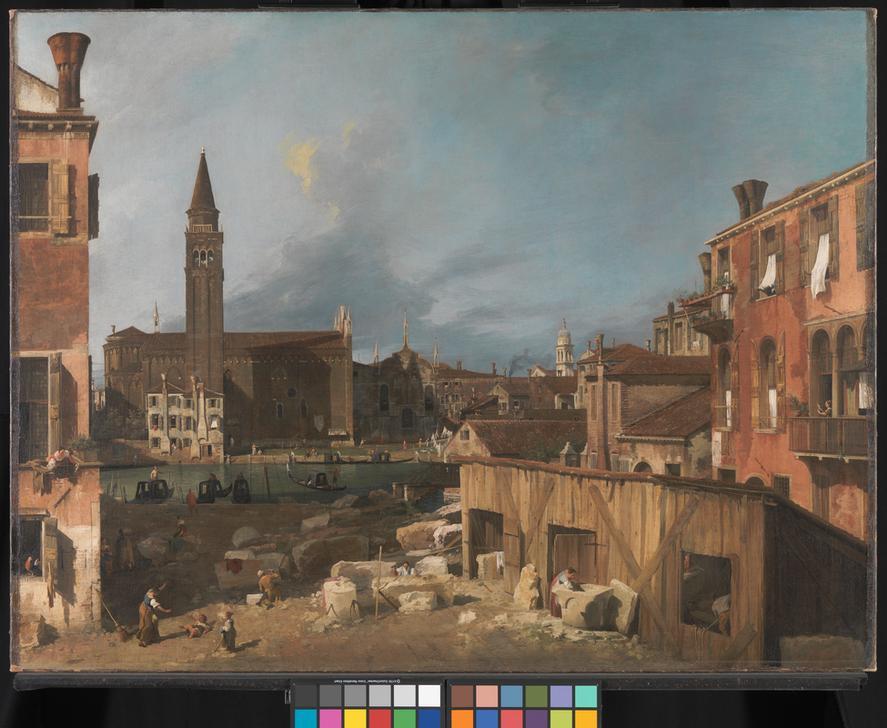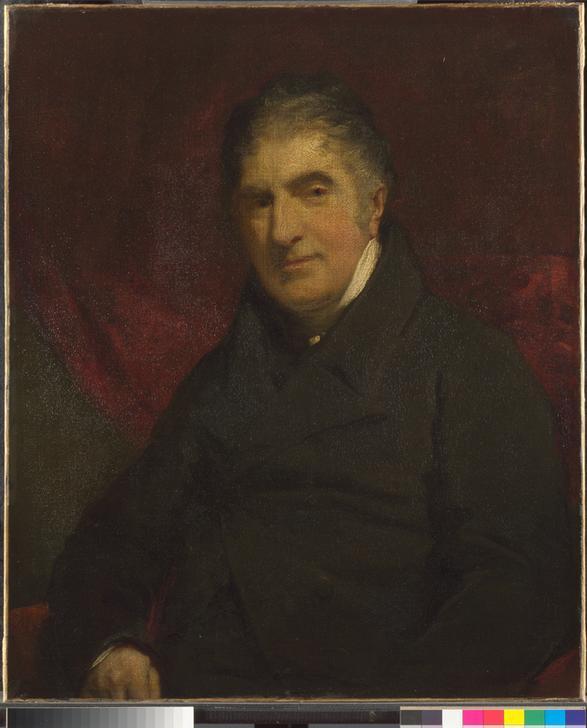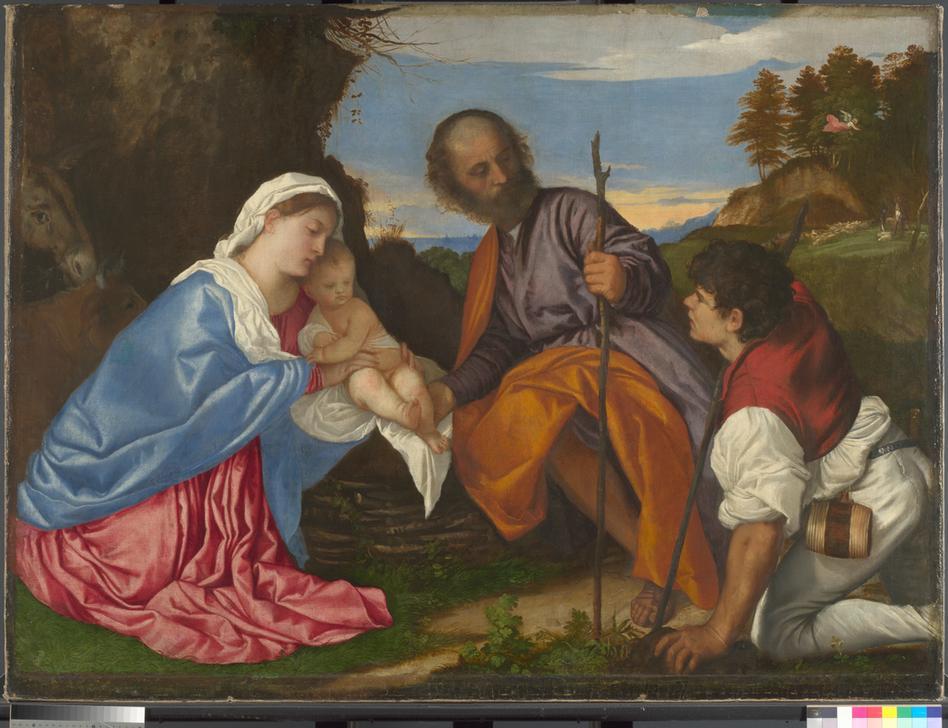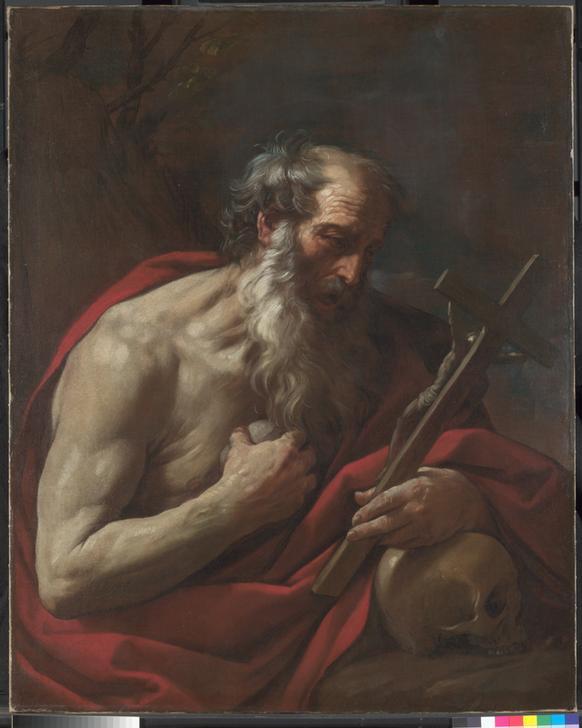The National Gallery's Bicentenary
NG200 - Celebrating 200 years of the National Gallery
30 October 2023
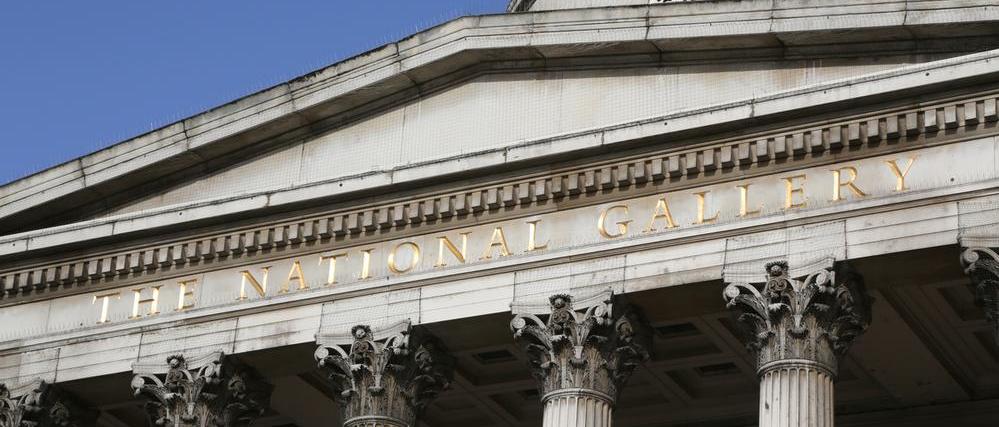
2024 marks the 200th anniversary of the founding of the National Gallery. From its humble beginnings as a small collection of paintings in a private house to one of the greatest collections of artworks in the world, the Gallery is a jewel in the United Kingdom's crown.
Located in Trafalgar Square, central London, the Gallery is truly an institution created for the people. Funded by grants and donations, the collection belongs to the nation with attendance encouraged by free admission. The Gallery's purpose is to care for the collection and to expand and enhance it for future generations. The Gallery also aims to educate, offering learning programs for participants of all ages, both in-house and online.
Drawing on one of its founding principles of being accessible to all, the National Gallery have big plans to celebrate its bicentenary and wants everyone to be included.
Through the akg-images collections and our representation of the National Gallery Picture Library, we can explore the history of the National Gallery and some of the events planned for their NG200 celebrations.
Plans for NG200:
From 10 May 2024, the National Gallery will begin a year-long festival of art and creativity to celebrate their past and imagine their future. This ambitious programme of physical, material, online, and virtual events will invite the nation and the world to connect to art.
National Treasures | Opens 10 May 2024
A simultaneous opening of 12 exhibitions featuring 12 of the best-loved paintings from the National Gallery collection will take place. The 12 venues hosting the artworks will put these world-famous pieces within an hour away from over half of the UK population, with the idea that seeing a masterpiece up close is an experience for everyone. For some works, such as The Wilton Diptyque, it will be their first outing since their acquisition.
View more NG200 National Treasures along with our selection of highlights from the National Gallery collection here.
Van Gogh: Poets and Lovers | 14 September 2024 – 19 January 2025
This once-in-a-century exhibition will showcase some of the most loved of Van Gogh’s paintings paired with his drawings from his time in Provence. From collections all over the world, some of these works are rarely displayed to the public.
Vincent van Gogh spent almost two years in the south of France. During this time his output of work was prolific, and his painting style became more vibrant and colourful, with bolder, more textured brushstrokes.
See more available images from Vincent van Gogh's time in Provence here.
Fourteenth Century Siena
The first full-scale exhibition of early Sienese art to be held outside of Italy will form part of the NG200 celebrations. Featuring works from the Sienese School of artists, including the school's founder Duccio di Buoninsegna, this exhibition will offer the opportunity to see some of Europe’s earliest and most exquisite paintings.
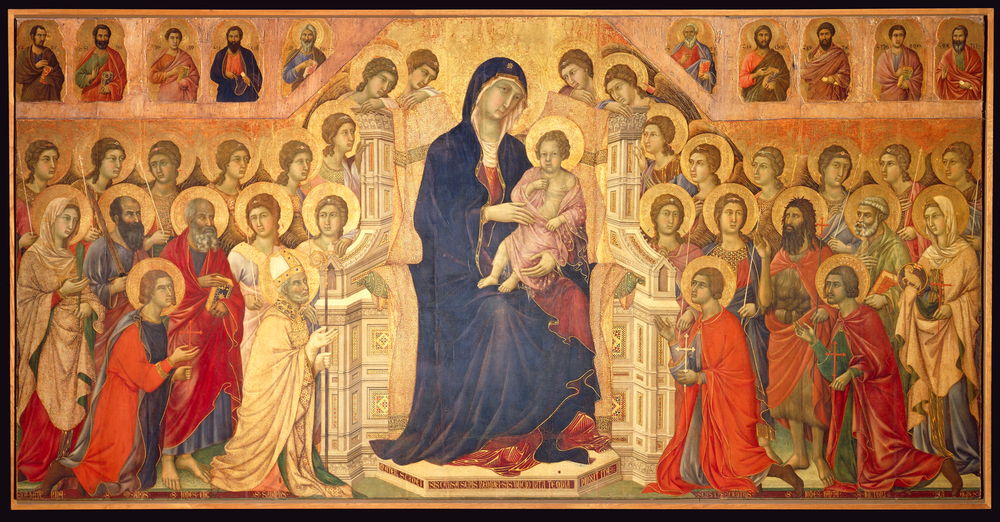
View more available images from our selection of fourteenth century Sienese art.
The Triumph of Art: Jeremy Deller
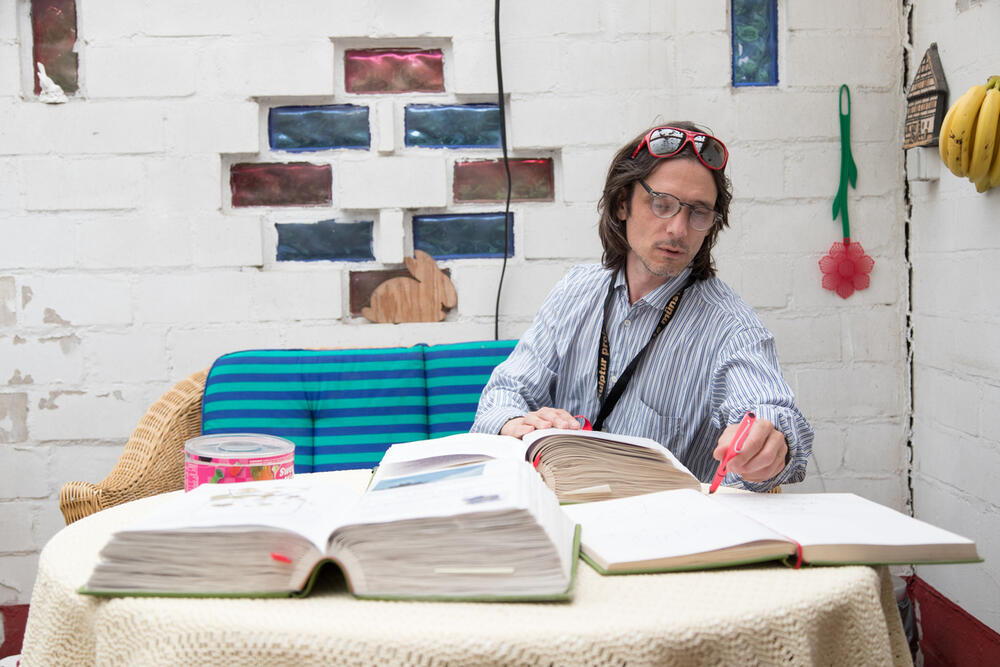
British conceptual artist Jeremy Deller will be working with partners to stage performance events around the UK in Derry/Londonderry, Dundee, Llandudno and Plymouth. In the summer of 2025, an event called 'The Triumph of Art' will take place in Trafalgar Square, the doorstep of the National Gallery. This art commission will celebrate festivals and their role in art, culture and civic life, and how art and artists can be catalysts of collaboration and joy.
The Founding of the National Gallery

The National Gallery opened to the public on 10 May 1824. The location was 100 Pall Mall, the former townhouse of British financier and collector John Julius Angerstein. After his death, the government purchased Angerstein's 38 paintings to commence building a national collection of artworks. In 1826, a bequest followed from Sir George Beaumont, British art patron and painter. Another 35 paintings followed in 1831 from Reverend William Holwell Carr. The space to display the artworks became a problem, with the often hot and crowded environment unsuitable for the paintings and visitors.
In 1832, construction began on a new building in Trafalgar Square to a design by William Wilkins. The site was chosen for its ability to be accessed by wealthy and poorer classes, thus making the gallery a place for all of society. The National Gallery we know was opened in 1838. Today, the National Gallery has been expanded and renovated several times, with the facade onto Trafalgar Square remaining essentially unchanged. Improvements and additions to the Sainsbury Wing and the original Wilkins building are expected to be unveiled in 2024.
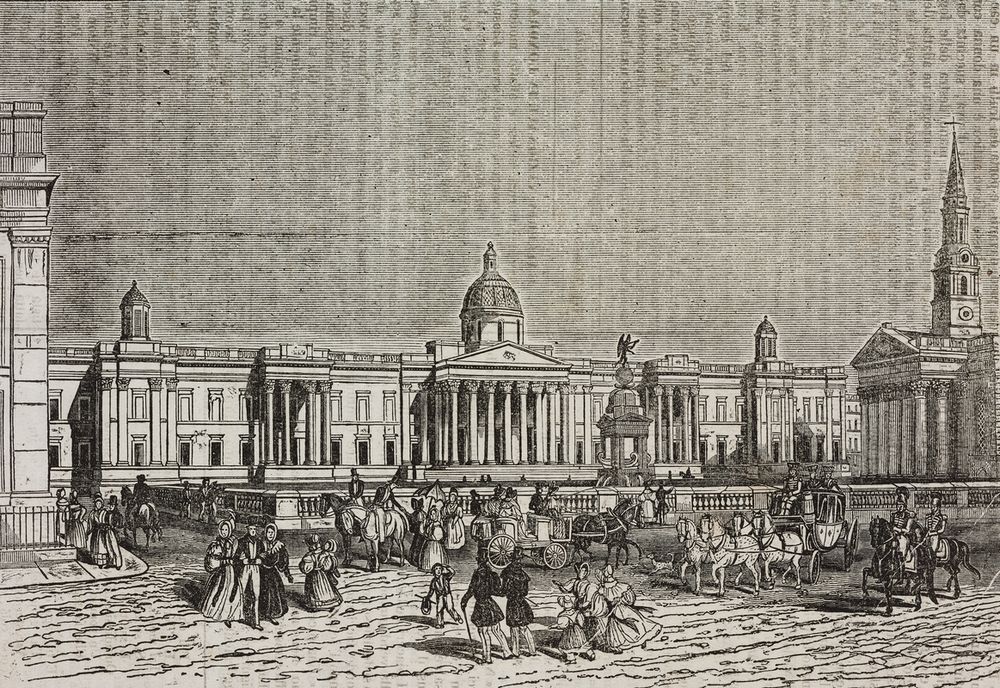
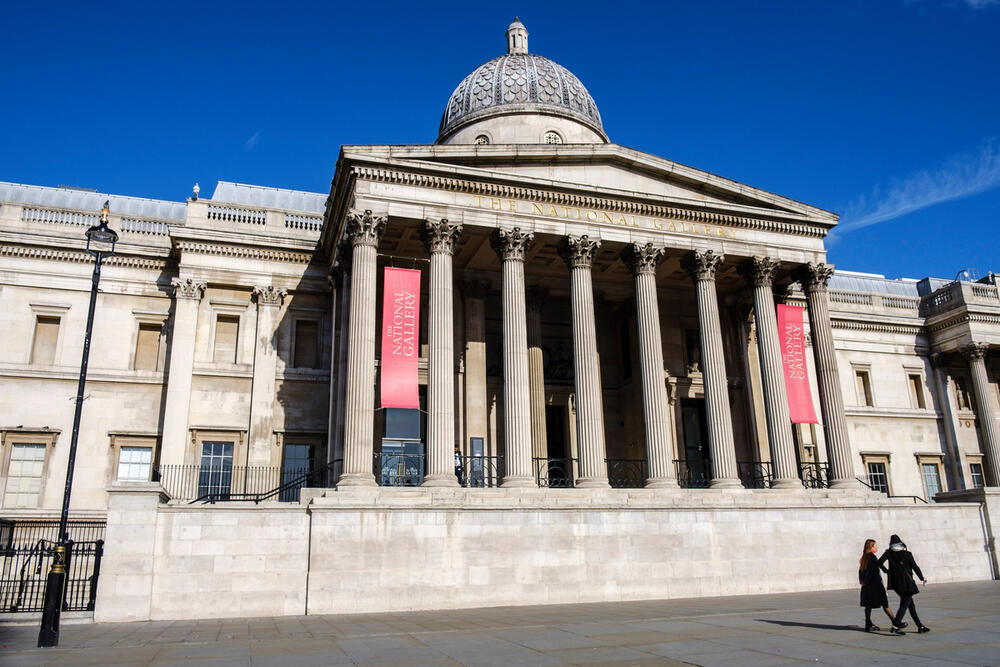
View more available images of the National Gallery and people who have shaped its history here.
Did you know:
- The National Gallery houses a collection of over 2,300 paintings.
- Following the 1961 theft of Goya’s portrait, The Duke of Wellington, the Gallery employed a guard dog called Rex to patrol the galleries.
- The nation's paintings were kept safe in Manod Quarry, a Welsh slate mine, during the Blitz.
- During COVID-19 lockdown, the painting with the most online views was van Eyck’s Arnolfini Portrait, followed by Holbein’s Ambassadors and Van Gogh’s Sunflowers.
akg-images are proud to represent the National Gallery's Picture Library. Please contact us for licensing information and assistance.
All images are ©National Gallery Global Limited / akg-images unless otherwise stated
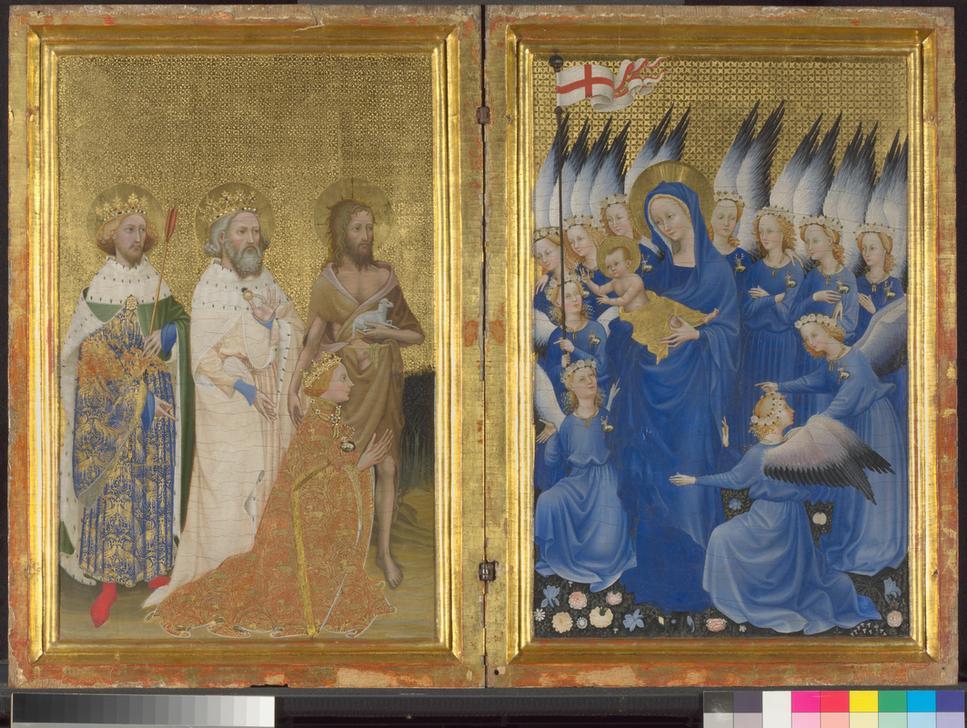
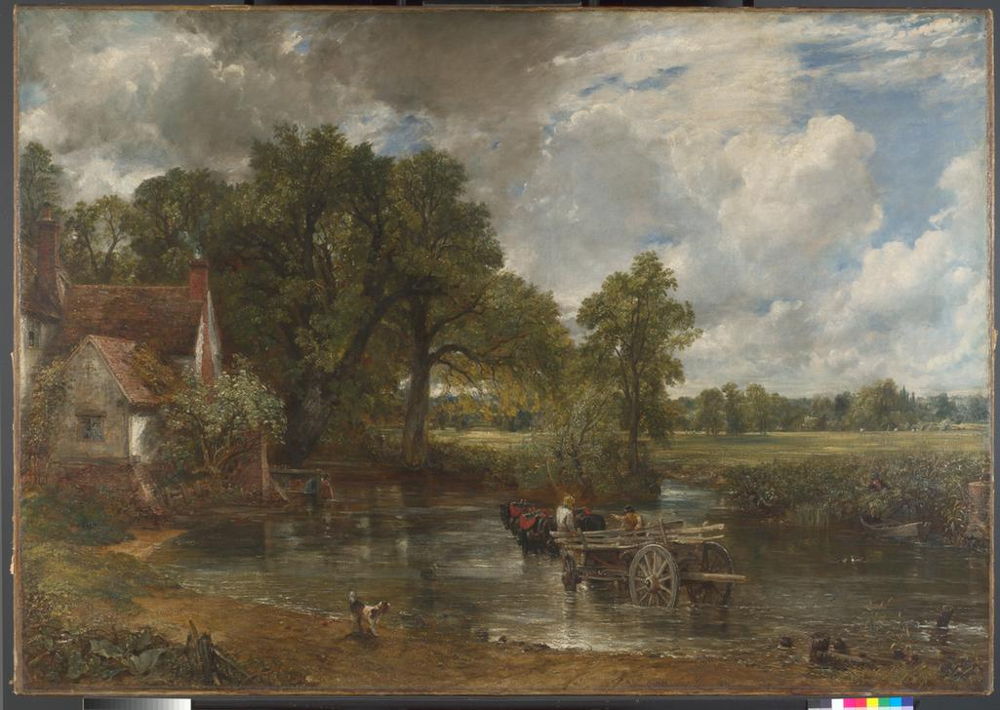
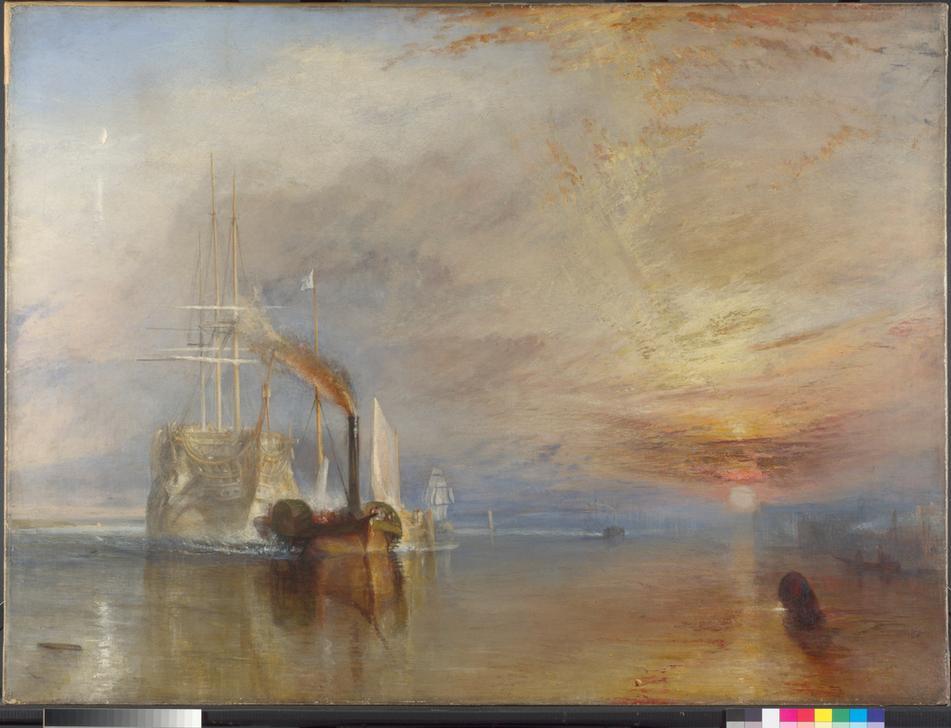

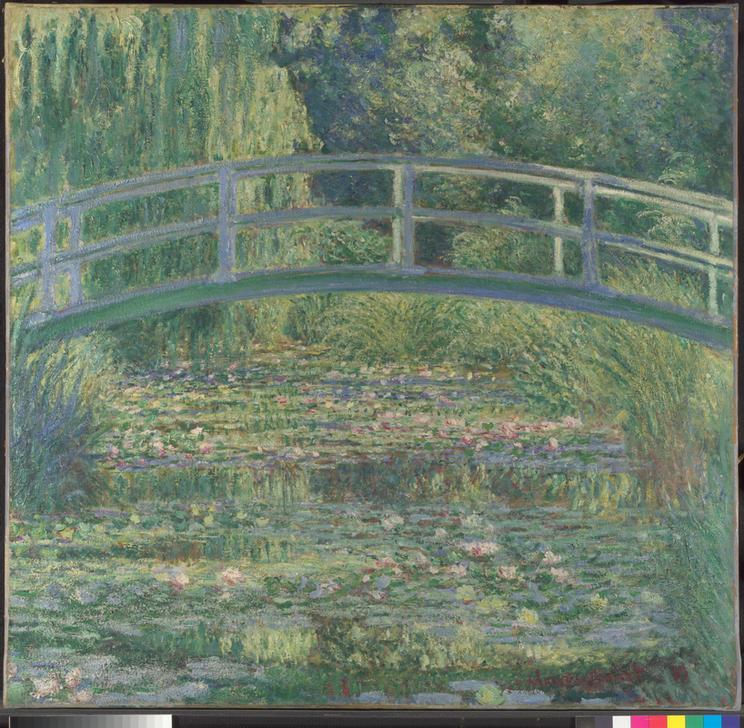
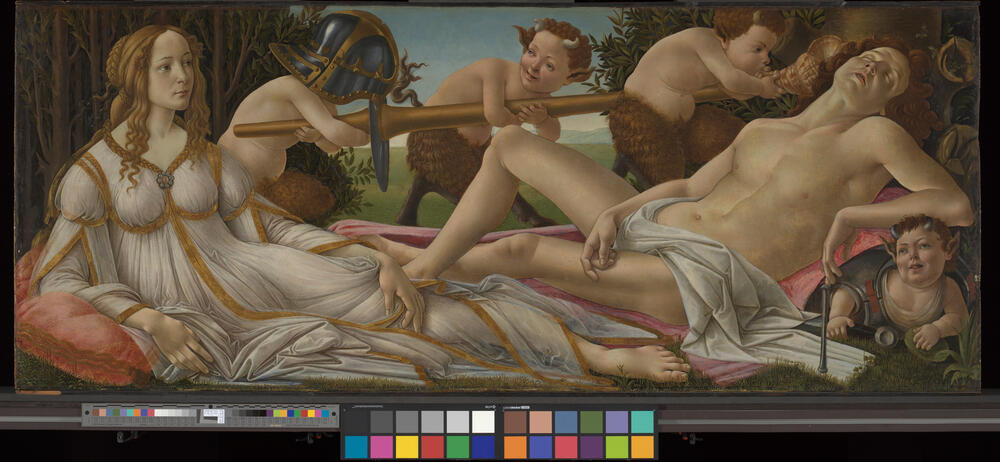
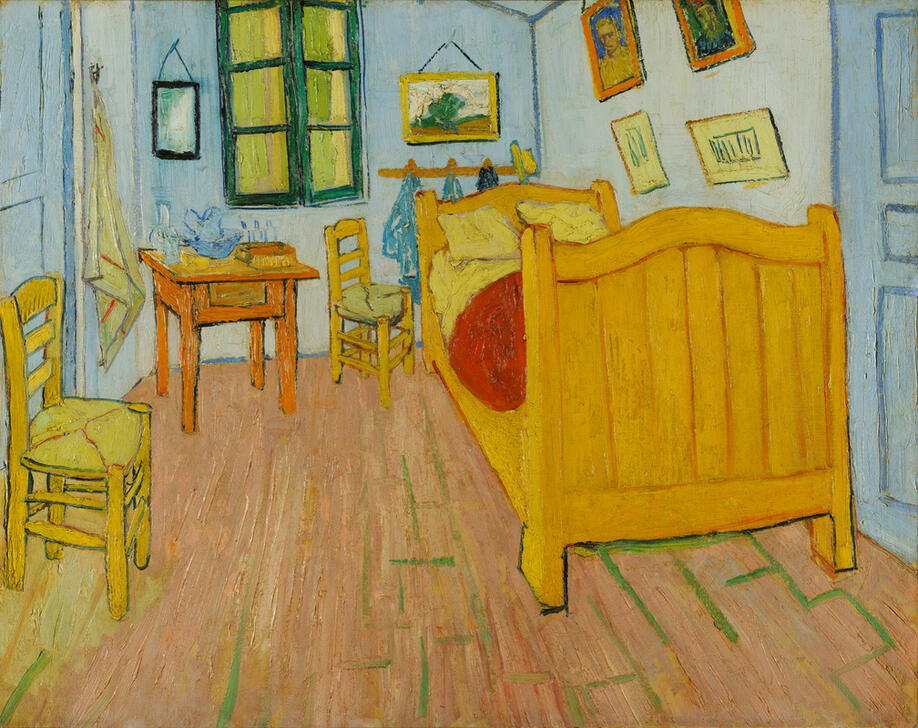
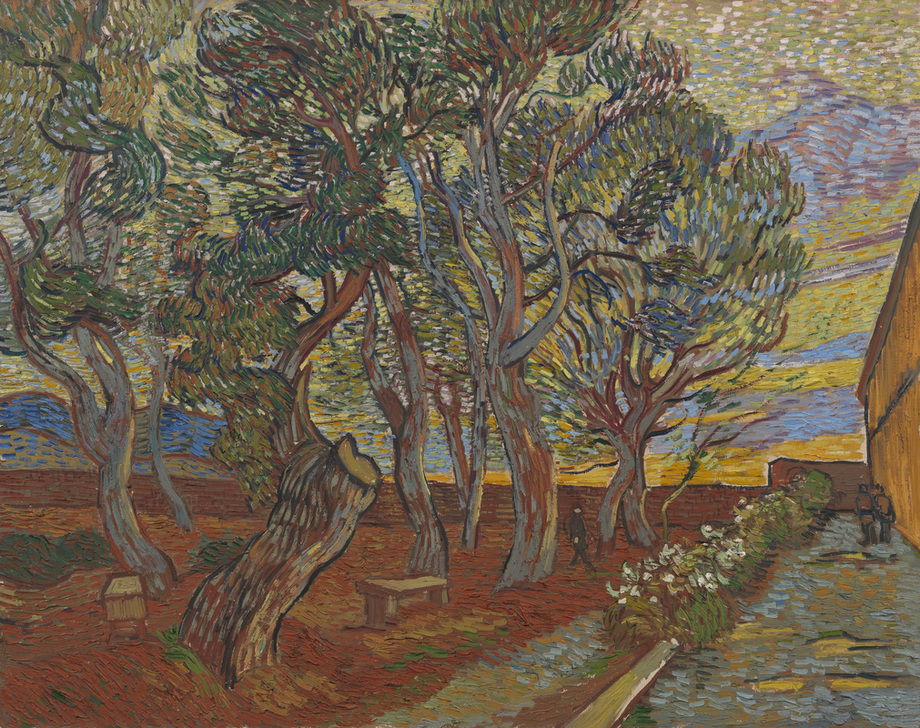
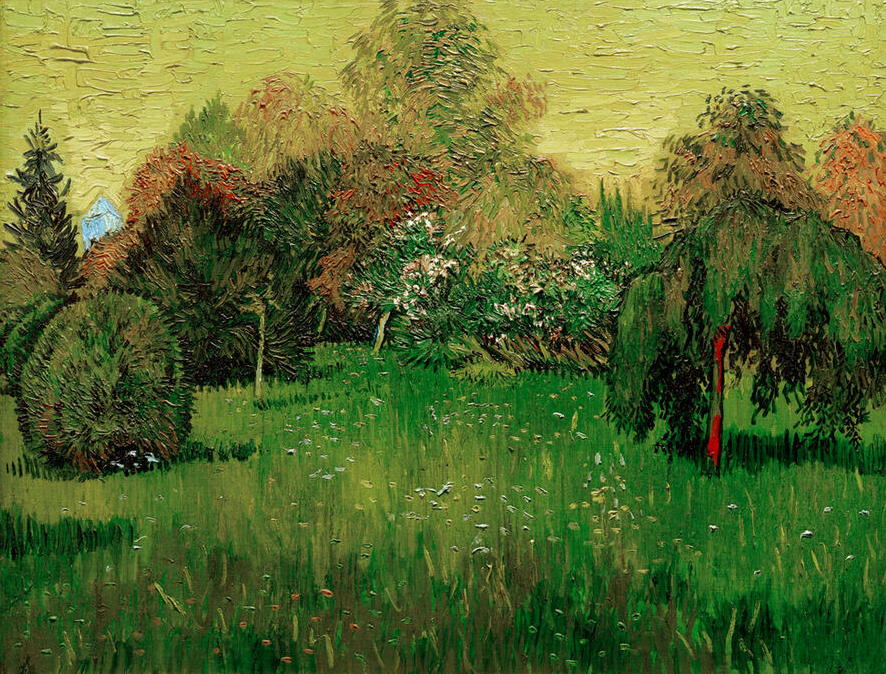
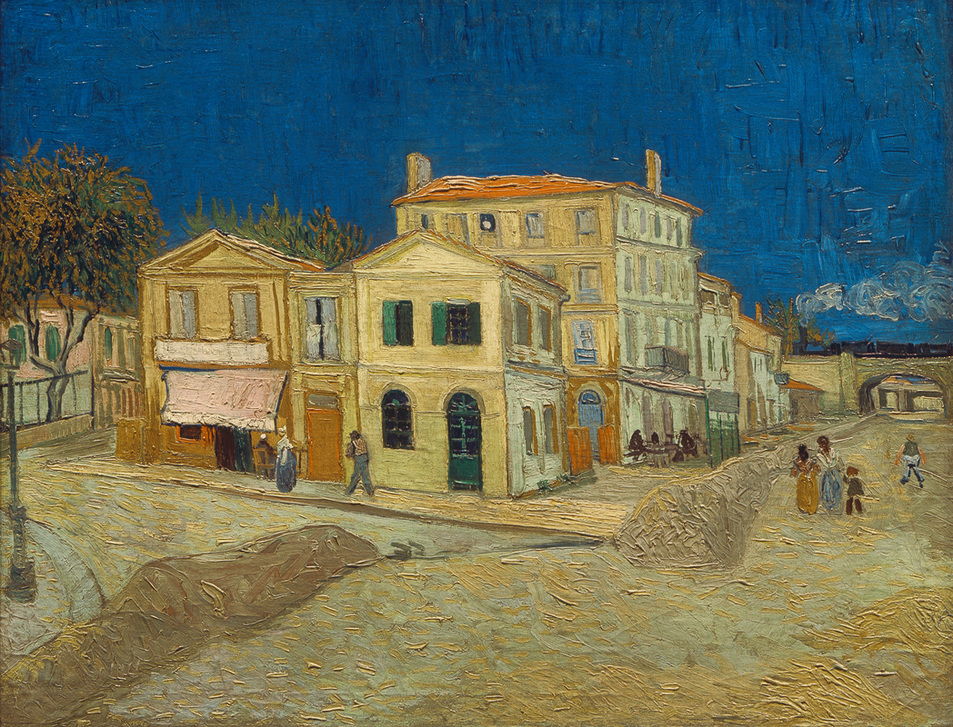
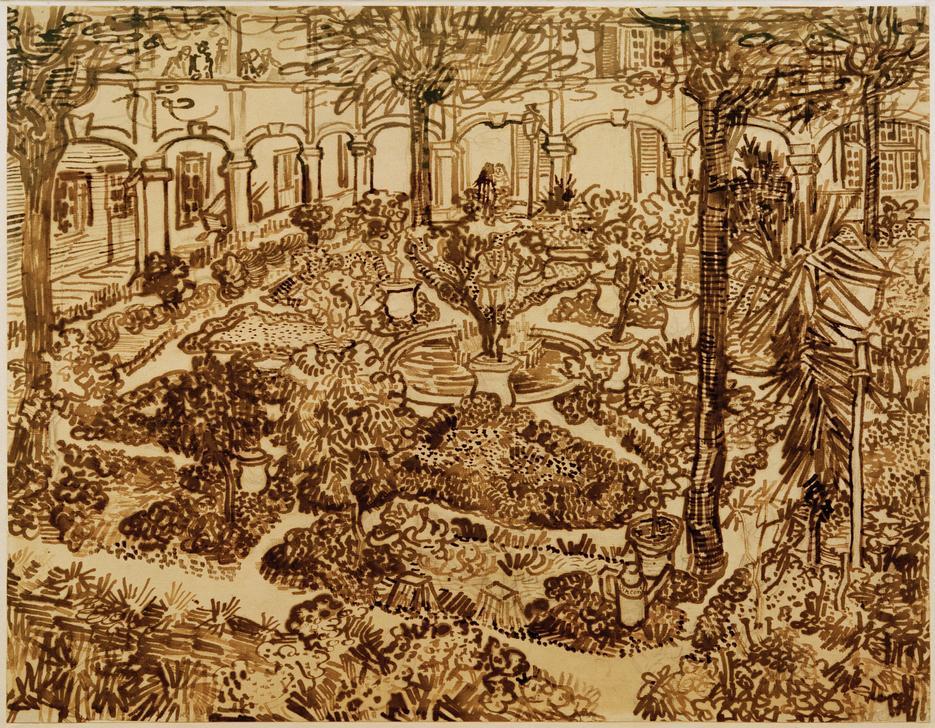
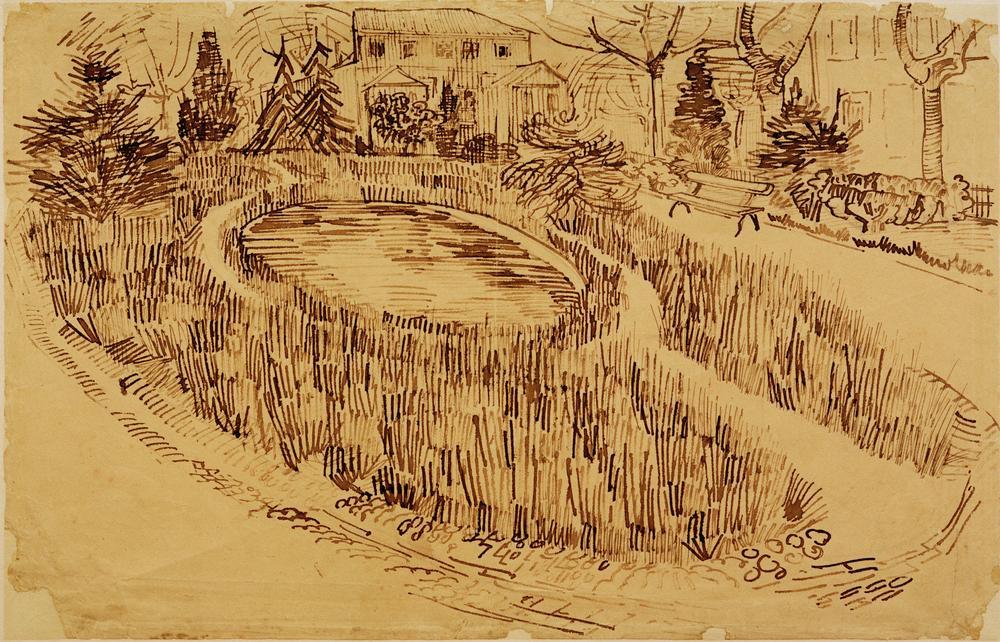
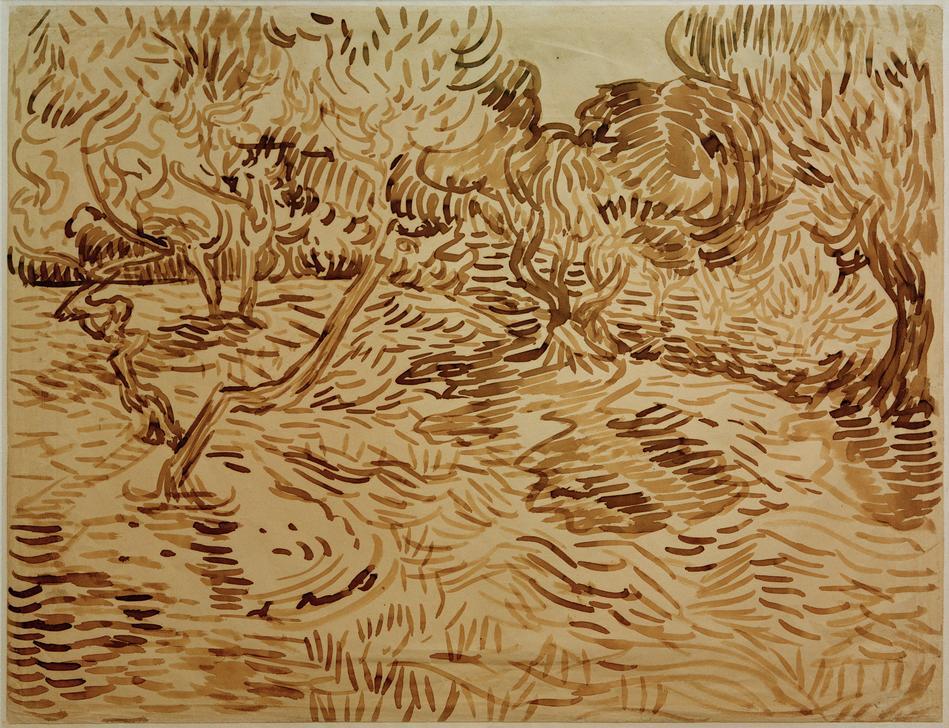
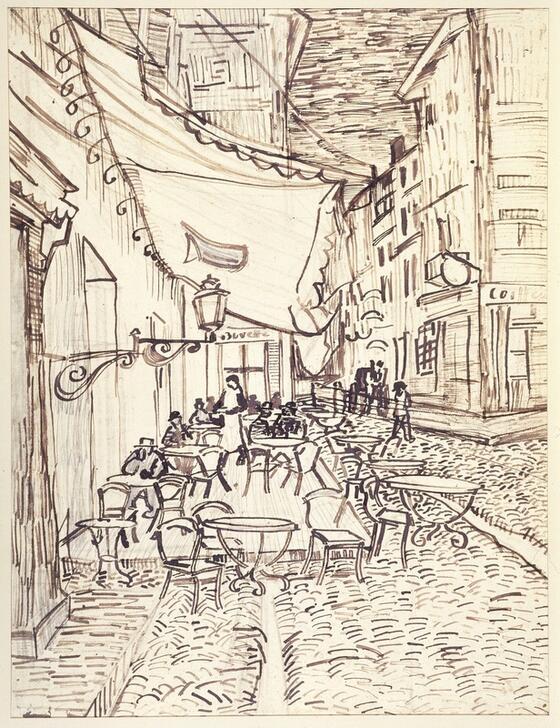.jpg)
